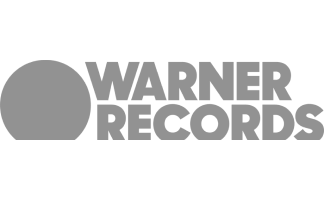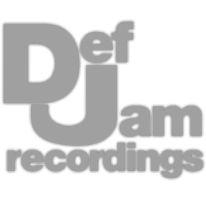Professional Analog Mastering.
Professional Analog Mastering.










When you insert a reverb plugin on your vocal, it’s best if used later in the chain after corrective EQ, compression, saturation, de-essing, and optional resonance reduction. The reason is, that you want your vocal to be balanced and dynamically controlled prior to adding multiple reflections.
Otherwise, you’ll likely exacerbate any issues your vocal has, as well as make your reverb sound unnatural. Let’s listen to the reverb inserted at the beginning of the chain, then at the end.
Most reverb plugins have a wet/dry or mix dial, meaning almost all reverb is already being used in parallel since the plugin itself is splitting the signal. That said, you may want to insert reverb on an auxiliary track since it lets you process just the reverb.
For example, if I use a reverb plugin in parallel, I can insert an EQ after the reverb to shape the reflections. Let’s listen to this example, and consider how reverb introduced with an aux track offers some unique advantages.
Pre-Delay is a great way to control the timbre of the vocal’s reverb - for example, in most cases, if I use a very short pre-delay more of the vocal’s transient will be reverberated. This will cause a more washed-out sound - whereas a longer pre-delay does the opposite.
If you use too long of a pre-delay the effect will sound unnatural - or if you use a short pre-delay paired with short reverb it’ll also sound unnatural.
Let’s listen to reverb with a longer setting and consider how the pre-delay affects the intelligibility and transients of the vocal.
This trick is definitely more for creative purposes since the effect is unnatural, but let’s try it out nonetheless. I'm going to set up 3 sends or busses from my vocal - on each respective auxiliary track I’ll insert a linear phase EQ, and isolate the lows, mids, and highs.
Next, I’ll insert my reverb plugins and use different settings on each one - so maybe I’ll use room emulation on the lows, chamber on the mids, and a bright plate on the highs. It’s really up to you what to choose, but this gives you a lot of creative freedom.
Let’s take a listen.
Although layering reverb types doesn’t create a realistic sound, it’s very useful when trying to create a full and impressive vocal. Usually, I’ll start with some form of room or studio emulation with subtle settings to thicken the vocal with short reflections and help it blend into the mix.
Then I’ll introduce a longer stylized reverb like plate, chamber, hall, or something to help the vocal fill out a great amount of space.
Let’s take a listen to it and notice how the vocal becomes more impressive.
Saturation helps control dynamics and make a vocal sound fuller - if you use it before reverb, the plugin is going to have more to draw from so to speak. In other words, the increased low-level details of the vocal will be loud enough to cause reverb reflections.
Let’s listen to the reverb alone, and then enable saturation before the reverb to hear how it increases the reverb’s detail.
In chapter 2 we talked about the benefits of using a parallel or aux track for your vocal reverb - one example is using compression after reverb on this track. The reverb is going to reflect and reverberate the vocal as you’d expect, but then the compression controls the reflections’ dynamics.
Furthermore, with the attack and release, we can control the timbre and ADSR of the reflections. Let’s listen to it while using smoother compression settings and auto make-up gain to increase the quieter details of the reflections.
Let’s do the same thing we did in the last chapter, but instead of downward compression, we’ll use upward compression. This uses a unique threshold to measure and capture quieter aspects of the signal, compresses it, and then uses automatic makeup gain to bring these details forward.
When used on reverb, all of the reflections that were being masked by louder ones become easier to hear. Let’s take a listen.
Let’s go back to using downward compression after the reverb, but this time keep the auto-make-up gain off. Additionally, let’s sidechain an instrument or signal that we want to attenuate the reverb - for example, let’s cause the vocal reverb to be attenuated whenever the snare hits.
This has both practical and creative applications. Let’s take a listen to it being used creatively by using a ghost kick to unrealistically attenuate the reflections.
This is something I’ve gotten wrong in the past. I’ve said if you want to time your reverb to your BPM divide 60000 by the BPM to get a quarter note in milliseconds; however, odds are the reverb tail will drop below our threshold of perception before the end of the note.
With that in mind, let’s still use this equation to find a quarter note,but then increase the value by about 5% to keep the level of the reflections audible long enough for us to hear the full note.
Let’s take a listen to the difference and keep in mind it’ll be subtle, but it adds up when used on multiple instruments.